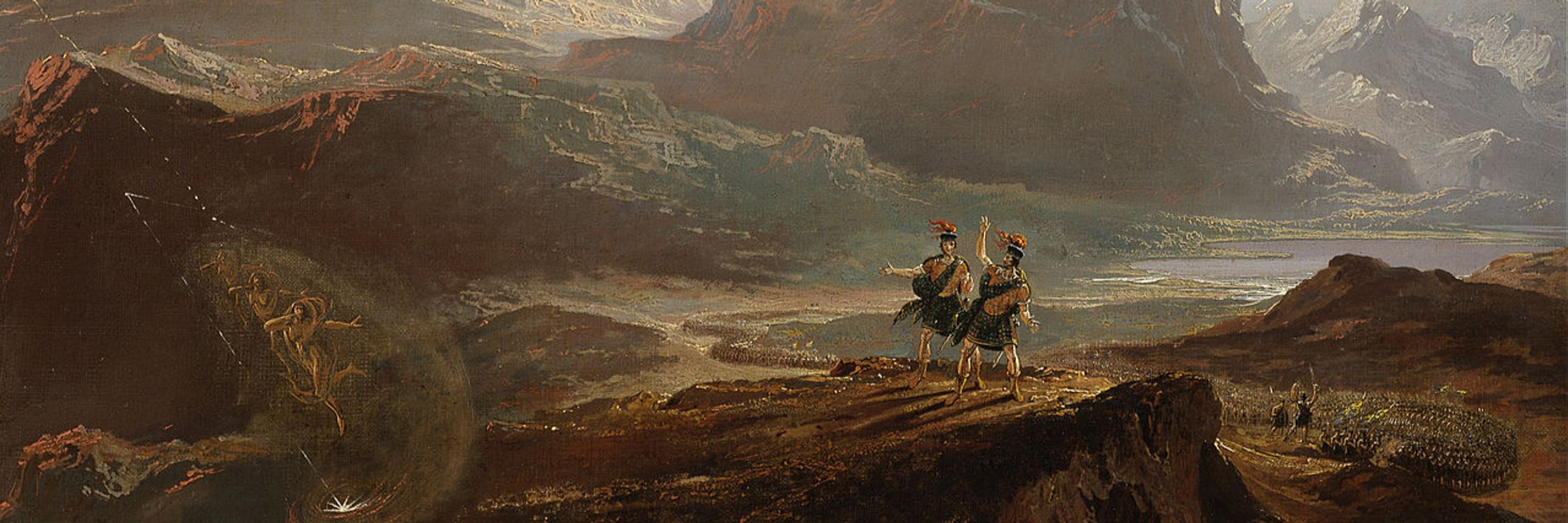
And we end where we began — with Strasbourg Cathedral, which at 141 metres is the tallest in France.

And we end where we began — with Strasbourg Cathedral, which at 141 metres is the tallest in France.

Its towers, in particular, are bizarre.

Its towers, in particular, are bizarre.
This, in combination with the peculiarities of Southern French Gothic, resulted in an entirely unique cathedral.

This, in combination with the peculiarities of Southern French Gothic, resulted in an entirely unique cathedral.
The famous spire which burned down in 2019 and has since been rebuilt was only added in the 1850s; the original Medieval spire had been removed a century before.

The famous spire which burned down in 2019 and has since been rebuilt was only added in the 1850s; the original Medieval spire had been removed a century before.
Every cathedral is basically a palimpsest, physically embodying the ideas and styles of different eras.

Every cathedral is basically a palimpsest, physically embodying the ideas and styles of different eras.
In the Flamboyant Gothic there are hardly any solid surfaces; everything is perforated and flowing.
The Church of Saint Maclou is a perfect example of this style.

In the Flamboyant Gothic there are hardly any solid surfaces; everything is perforated and flowing.
The Church of Saint Maclou is a perfect example of this style.
Rouen Cathedral represents this final stage well.
You can see, immediately, how much more elaborate everything is.

Rouen Cathedral represents this final stage well.
You can see, immediately, how much more elaborate everything is.
Notice how tall and narrow everything is, how tightly clustered together; another typical feature of the French Gothic.

Notice how tall and narrow everything is, how tightly clustered together; another typical feature of the French Gothic.

This reached its literal zenith at Beauvais, which has an interior roof height of 48 metres — the highest of any Medieval building.

This reached its literal zenith at Beauvais, which has an interior roof height of 48 metres — the highest of any Medieval building.
Le Mans Cathedral is a good example:

Le Mans Cathedral is a good example:
This little diagram shows the difference clearly:

This little diagram shows the difference clearly:
What is it? A buttress that stands separate to the wall it supports, connected by an arch.
Flying buttresses are actually stronger than regular buttresses — and look more impressive, too.
As at Bourges Cathedral:

What is it? A buttress that stands separate to the wall it supports, connected by an arch.
Flying buttresses are actually stronger than regular buttresses — and look more impressive, too.
As at Bourges Cathedral:

Why so called? Because it was all about making windows as large as possible.
Like the northern rose window at Tours Cathedral:

Why so called? Because it was all about making windows as large as possible.
Like the northern rose window at Tours Cathedral:
More efficient methods of weight distribution (i.e. to support such a huge, heavy stone ceiling) allowed masons to build cathedrals with thinner and taller walls, plus larger spaces between them.
As at Troyes Cathedral:

More efficient methods of weight distribution (i.e. to support such a huge, heavy stone ceiling) allowed masons to build cathedrals with thinner and taller walls, plus larger spaces between them.
As at Troyes Cathedral:
Everything feels more cohesive and complex: the decoration, the sophistication of the stonework, the sense of verticality.

Everything feels more cohesive and complex: the decoration, the sophistication of the stonework, the sense of verticality.
Its front is also a good example of the difference between earlier and later Gothic — the upper left tower (much newer than the rest of the front) is far more complex.

Its front is also a good example of the difference between earlier and later Gothic — the upper left tower (much newer than the rest of the front) is far more complex.
The aim was to create vast internal spaces, filled with light, and soaring towers.
Consider the nave of Coutances Cathedral:

The aim was to create vast internal spaces, filled with light, and soaring towers.
Consider the nave of Coutances Cathedral:
Still, Early Gothic cathedrals remained relatively simple.
Like Sens Cathedral, from the 12th century — it looks heavy and robust in comparison with later, lighter styles.

Still, Early Gothic cathedrals remained relatively simple.
Like Sens Cathedral, from the 12th century — it looks heavy and robust in comparison with later, lighter styles.
The lower level of arches below, from the 1140s, marks the beginning of Gothic Architecture and the end of Romanesque Architecture, which preceded it.

The lower level of arches below, from the 1140s, marks the beginning of Gothic Architecture and the end of Romanesque Architecture, which preceded it.
But France is the true home of the Gothic — just look at Tours Cathedral, say.
And after all, France is where the Gothic first emerged in the 12th century.

But France is the true home of the Gothic — just look at Tours Cathedral, say.
And after all, France is where the Gothic first emerged in the 12th century.

